
Back in the summer of 2002, Susan Gregg Koger was a South Florida teenager about to start college at Carnegie Mellon in Pittsburgh and in dire need of a winter wardrobe. Her only option: forage secondhand stores for the vintage castoffs of Florida's aging snowbirds. "It was a treasure trove," Gregg Koger, 29, recalls. "I remember buying this great orange wool coat from the '60s for $7. I couldn't stop buying things, even if i knew they wouldn't fit."
It was during this mad dash that the idea for Modcloth, now a $100-million-a-year-and-growing online fashion empire, was born. Gregg Koger's high school sweetheart Eric, who had recently begun creating websites for local businesses, suggested she sell her finds online and offered to build the site. They dubbed their fledgling venture Modcloth. "We very much bootstrapped it," Gregg Koger says, "but we had an order on our very first day."
After graduation, Gregg Koger decided to devote herself full-time to Modcloth, financing the expansion of the site using credit cards and personal student loans. "I asked myself, 'What's the worst that could happen?' I'd go bankrupt, which would remain on my credit report for 10 years. I was in my early 20s, so it didn't seem so bad. Once I thought it through, it still seemed like a risk worth taking."

In order to grow, she needed to stock Modcloth with more than just thrift-store finds. So she reached out to indie designers specializing in the twee pieces she favored. Manufacturers, though, balked at Gregg Koger's small orders. "I would say, 'I really love this dress. I want to order 60 of them,'" Gregg Koger recalls. "And they'd say, 'You have to order 400.' But there was no way I could risk 300 dresses not selling."
So Gregg Koger came up with an ingenious solution: She went directly to her customers, asking, "Would you buy this?" "Almost immediately, responses came in. Not only was it an incredibly effective way to gauge order numbers, it was also a powerful tool for engagement." To date, shoppers have cast more than 20 million votes for some 700 indie designers. other interactive features followed, including the Make the Cut Contest, in which users vote for an up-and-coming designer for Modcloth to carry, and the Style Gallery, where shoppers upload pictures of themselves outfitted in the company's frocks. "We're obsessed with our customer," Gregg Koger says. "The traditional fashion industry talks at you. We ask our customers what they want and try to provide it."
"When it began, Modcloth was all my taste and point of view," Gregg Koger says. "As the company has grown, though, it's become more about empowering the community. The truth is, I still can't quite believe i'm lucky enough to do something this cool every day."
Stay In The Know
Marie Claire email subscribers get intel on fashion and beauty trends, hot-off-the-press celebrity news, and more. Sign up here.
-
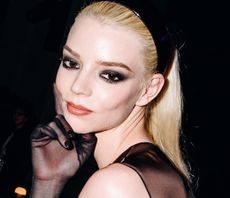 Anya Taylor-Joy Is a Gothic Princess in Dior
Anya Taylor-Joy Is a Gothic Princess in DiorThe 'Queen's Gambit' actress embraced an all-black dress code at the Brooklyn presentation.
By India Roby Published
-
 Jennifer Lopez Clearly Prefers This Comeback Sneaker Trend
Jennifer Lopez Clearly Prefers This Comeback Sneaker TrendShe's wearing it as often as her favorite Birkin bags.
By Julia Gray Published
-
 Olivia Rodrigo Is Bringing Visible Bra Straps Back
Olivia Rodrigo Is Bringing Visible Bra Straps BackThe pop-punk princess wore custom Victoria's Secret at Coachella.
By Julia Gray Published
-
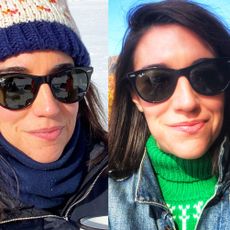 What I Wear on Repeat: Ray-Ban's Wayfarer II Sunglasses
What I Wear on Repeat: Ray-Ban's Wayfarer II SunglassesThe Wayfarer II comes in a variety of colorways, though I chose black frames (KMidd on the other hand favors tortoise) for ultimate throw-them-on-and-go capabilities.
By Sally Holmes Published
-
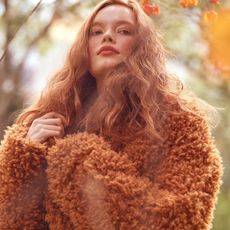 Your Complete Guide to Winter Coats, From Puffers to Parkas
Your Complete Guide to Winter Coats, From Puffers to ParkasOur editors tapped experts for insight and hand-picked the 24 best options.
By Sara Holzman Published
-
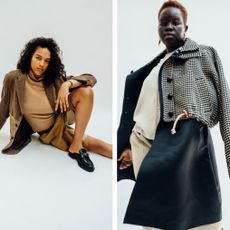 Imperfections Were the Inspiration for The Real Real’s Fourth Original ReCollection
Imperfections Were the Inspiration for The Real Real’s Fourth Original ReCollectionThe 90-piece collection gives new life to unwanted pieces.
By Sara Holzman Published
-
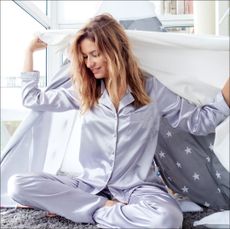 The 24 Best Women's Pajamas on Amazon, According to Reviews
The 24 Best Women's Pajamas on Amazon, According to ReviewsRetire your baggy tees without emptying your wallet.
By Brooke Knappenberger Last updated
-
 The 16 Best Jeans on Amazon: Our Guide
The 16 Best Jeans on Amazon: Our GuideWe dug deep for hidden gems.
By Sara Holzman Published
-
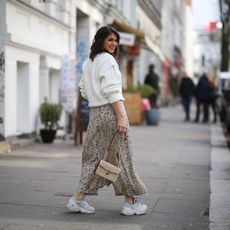 The 25 Best Spring Skirts of 2023
The 25 Best Spring Skirts of 2023Skip into the new season with a flowy, dreamy skirt.
By Sara Holzman Published
-
 The 20 Best Straight-Leg Jeans to Refresh Your Wardrobe With
The 20 Best Straight-Leg Jeans to Refresh Your Wardrobe WithA classic.
By Julia Marzovilla Published
-
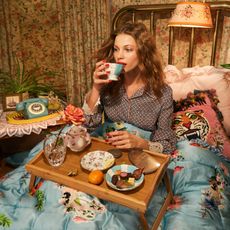 The 33 Best Summer Pajamas for Women in 2024
The 33 Best Summer Pajamas for Women in 2024Look cool, stay cool.
By Sara Holzman Last updated